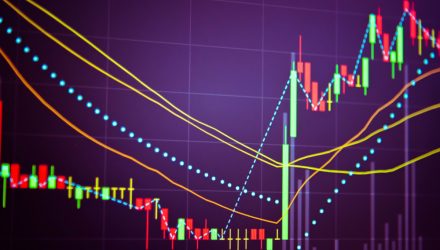Exchange traded funds are known for their transparency, allowing investors to instantly know what exactly they are putting their money into. However, this full disclosure of underlying holdings also comes with a cost, as front runners have been able to capitalize on quarterly rebalances at the expense of these transparent ETFs.
According to academic research, U.S. index-based funds are losing $3.9 billion per year by following predictable, rules-based indexing methodologies that are exploited by opportunistic market participants, the Financial Times reports.
“The trading cost of mechanical rebalancing is large in many senses. It is comparable to total management fees charged by ETF managers,” Sida Li, a PhD student at the University of Illinois and author of the paper, told the Financial Times.
The research was based on the regular rebalancing, typically quarterly, that passive ETFs execute to ensure that the strategies remain aligned to the changing composition of their underlying index components.
Since the passive ETFs adhere to a strict rules-based indexing methodology, market traders know what changes are going to happen before the rebalancing date. Consequently, there is an window of opportunity to front-run or capitalize on the trades that they know rules-based ETFs must make.
The potential for front running is made especially easy as Li pointed out that the majority of U.S.-listed equity ETFs not only pre-announce their rebalances but also execute trades at the 4:00 PM closing prices on the stipulated index rebalancing days.
Consequently, the research discovered that the prices of the stocks that ETFs buy on average increase by 67 basis points for the five trading days before their rebalance date and then fall 20 basis points over the subsequent 20 days.
Based on the median 16% portfolio turnover rate for U.S. equity ETFs in 2020, this front running translates into an average annual 14.6 basis point performance loss.
This happens because ETFs report their net asset value on a daily basis, providing investors with a day-to-day disclosure of their underlying holdings. This is also made to help make the creation and redemption process of ETF shares with underlying baskets of securities.
For more news, information, and strategy, visit ETF Trends.
